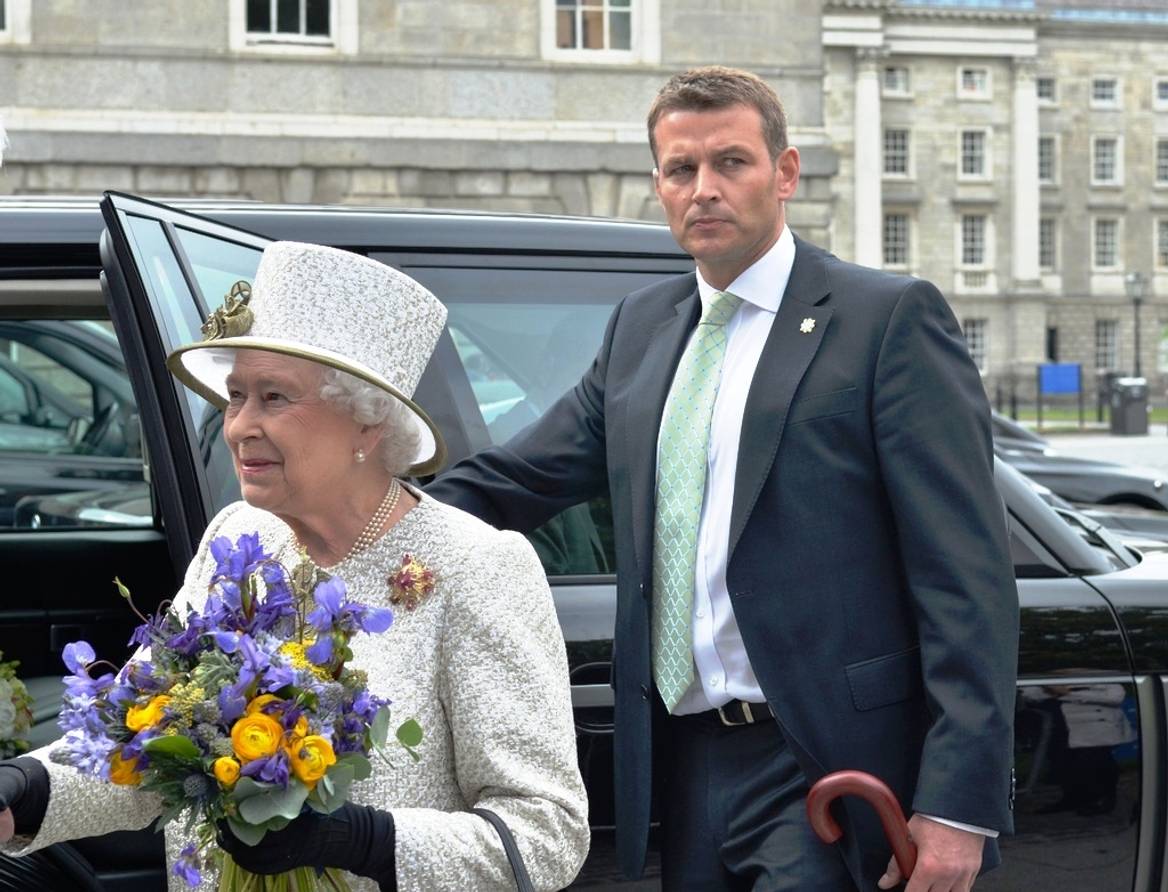The Personal Security of Individuals in British Public Life
Alexander Babuta
7 June 2018Long Read
This paper examines the personal security of individuals in British public life, with specific focus on politicians and government employees.
- There is a wide spectrum of threats facing individuals in British public life, most of which result in psychological rather than physical harm. At the less severe end of the spectrum, it is often difficult to discern where the boundaries lie between legal and illegal behaviour.
- While many threats affect private citizens as well as individuals in public life, threats directed at public figures have a wider cumulative impact on societal stability, and may undermine the democratic process.
- There is a broad range of perpetrators responsible for threats to public figures, ranging from casual ‘trolls’ through to coordinated agents of hostile states seeking to cause damage to a government or society at large.
- Malicious communications rarely develop into direct threats to an individual’s physical safety. However, the most severe physical threats are typically preceded by a range of precursor activities, including harassment, stalking and other fixation-related behaviour.
- Official responses to the security threats facing individuals in public life have so far been varied and uncoordinated. There remains disagreement and misunderstanding over governance arrangements, duties of care and accountability.
- Close protection is only offered to a very small number of high-profile individuals in Britain, and there is a large ‘middle ground’ of individuals in public life, including most politicians, who are undoubtedly at a higher risk than general members of the public, but receive only minimal support.
- While it appears that threats to public figures from social media have grown in recent years, systematic evidence on this phenomenon is lacking, and the true scale of online threats to public figures is at present poorly understood.
- There remains disagreement over the most appropriate response to the problem of online abuse, particularly in terms of the roles and responsibilities of social media companies. Treating technology companies as publishers (rather than platform hosts) has frequently been proposed as a potential solution, but this would be problematic and complex to implement in practice.
- While social media companies may be better placed than law enforcement to detect online activity related to stalking and attack planning, questions remain over the responsibilities and jurisdictions of technology companies in fighting crime.
- A multi-agency approach, based on a clear division of responsibilities and which engages a range of stakeholders, is likely to be the most effective response to threats facing individuals in public life.
- Research shows a very high prevalence of mental illness among those who commit or attempt to commit criminal attacks against public figures. The role of psychiatric intervention is therefore particularly relevant for prevention. A public-health approach has been effective in reducing violent crime, and population-wide psychiatric interventions may similarly reduce the risk to public figures by reducing overall risk of violent criminality linked to mental illness.
- The Fixated Threat Assessment Centre (FTAC) is one example of a successful multi-agency initiative that has since been replicated overseas, involving police officers working closely with forensic nurses, social workers, forensic psychiatrists, and psychologists.
- While some have called for new legislation to address threats to public figures emanating from the online space, all evidence suggests that existing legislation is sufficient to prosecute for criminal offences committed against individuals in public life, both online and offline.
- In order for legislation to be effective, it relies upon consistent reporting by victims, and better understanding throughout the criminal justice system about stalking and abuse. Lack of reporting by victims and poor understanding of the threats both remain significant barriers to progress.

